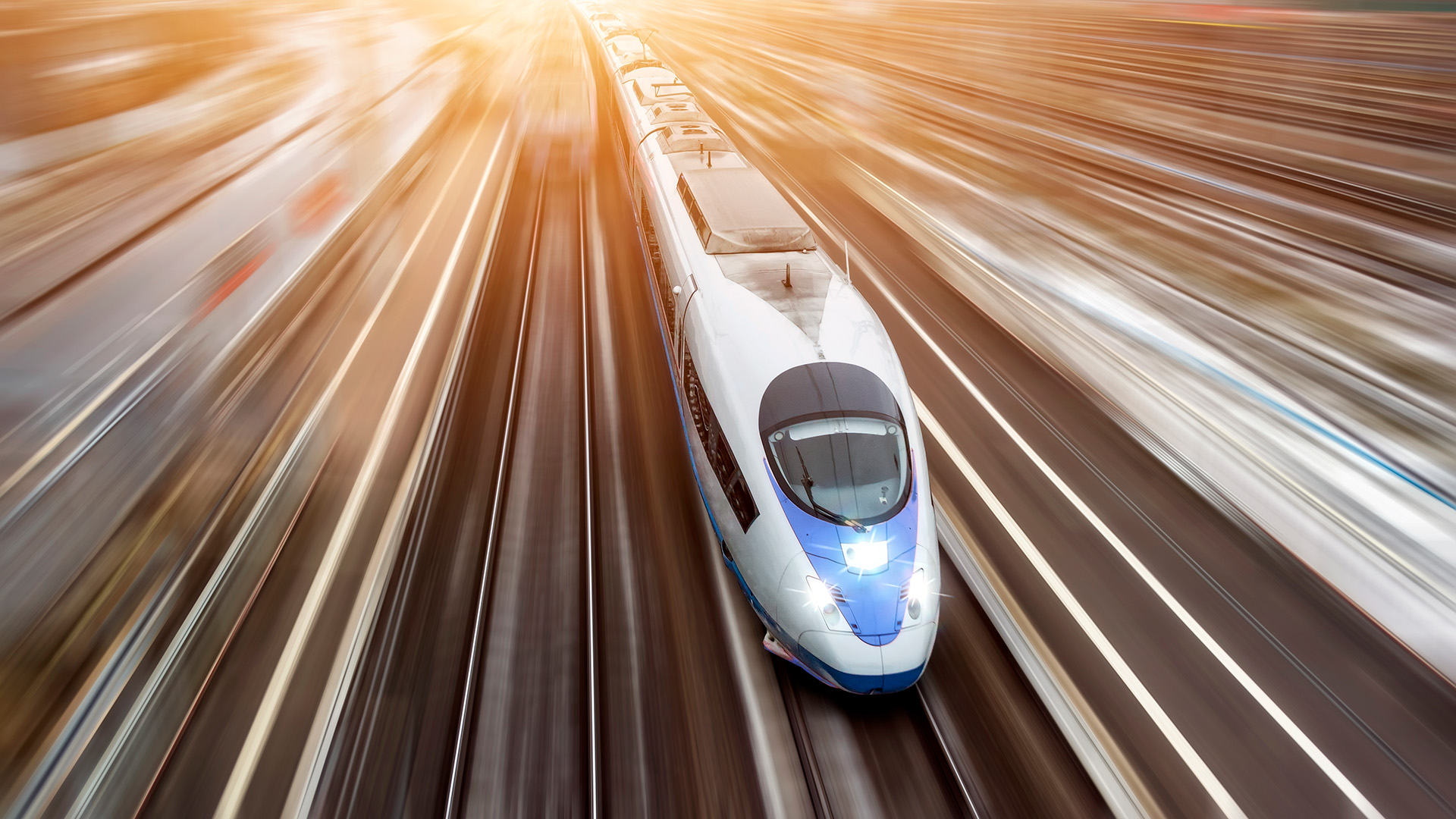In the railway sector, bearings play a key role in ensuring the safety, reliability, and high performance of trains, especially high-speed ones. These components are designed to withstand heavy loads, resist intense vibrations, and operate in harsh environmental conditions, thereby ensuring optimal functioning of vehicles and traction systems.
🛠️ Types of Bearings Used in High-Speed Trains
1. Tapered Roller Bearings
These bearings are mainly used in passenger and freight train axles. Their design allows them to handle high loads and withstand both radial and axial stresses, which are typical of railway movement. For example, NTN uses tapered roller bearings in the axles of passenger and freight trains, testing their designs for the equivalent of 600,000 km in their COFRAC-certified test center.
2. Deep Groove Ball Bearings
These bearings are ideal for supporting high radial and axial loads while offering low friction and long service life. NSK has developed deep groove ball bearings for the traction motors of high-speed trains, equipping them with ceramic coatings to prevent electrical corrosion and improve reliability.
3. Cylindrical Roller Bearings
Used in gearboxes and traction motors, these bearings are designed to handle high loads and ensure efficient power transmission. SKF has developed a range of cylindrical roller bearings with optimized internal geometry and newly designed cages, enabling them to withstand higher speeds and improve robustness under critical operating conditions.
🚄 Examples of Application in High-Speed Trains
Shinkansen N700S
The Japanese high-speed train N700S uses high-performance NSK bearings in its gears, axles, and traction motors. These bearings are designed to ensure safety, stability, comfort, and superior environmental performance, supporting the train’s maximum operational speed.
European Trains
In Europe, trains such as the German ICE, the Italian ETR, and the Spanish Velaro use SKF bearings to ensure optimal performance. These bearings are used in various components, including axles, traction motors, and gearboxes, to guarantee safe and reliable operation at high speeds.
🔍 Conclusion
Bearings are essential components for the safe and reliable operation of high-speed trains. Choosing the right bearings based on specific load, speed, and operating environment requirements is crucial to optimizing performance and reducing maintenance costs. Investing in high-quality bearings and innovative solutions helps improve the efficiency of railway transport and ensures a high level of service for passengers.

